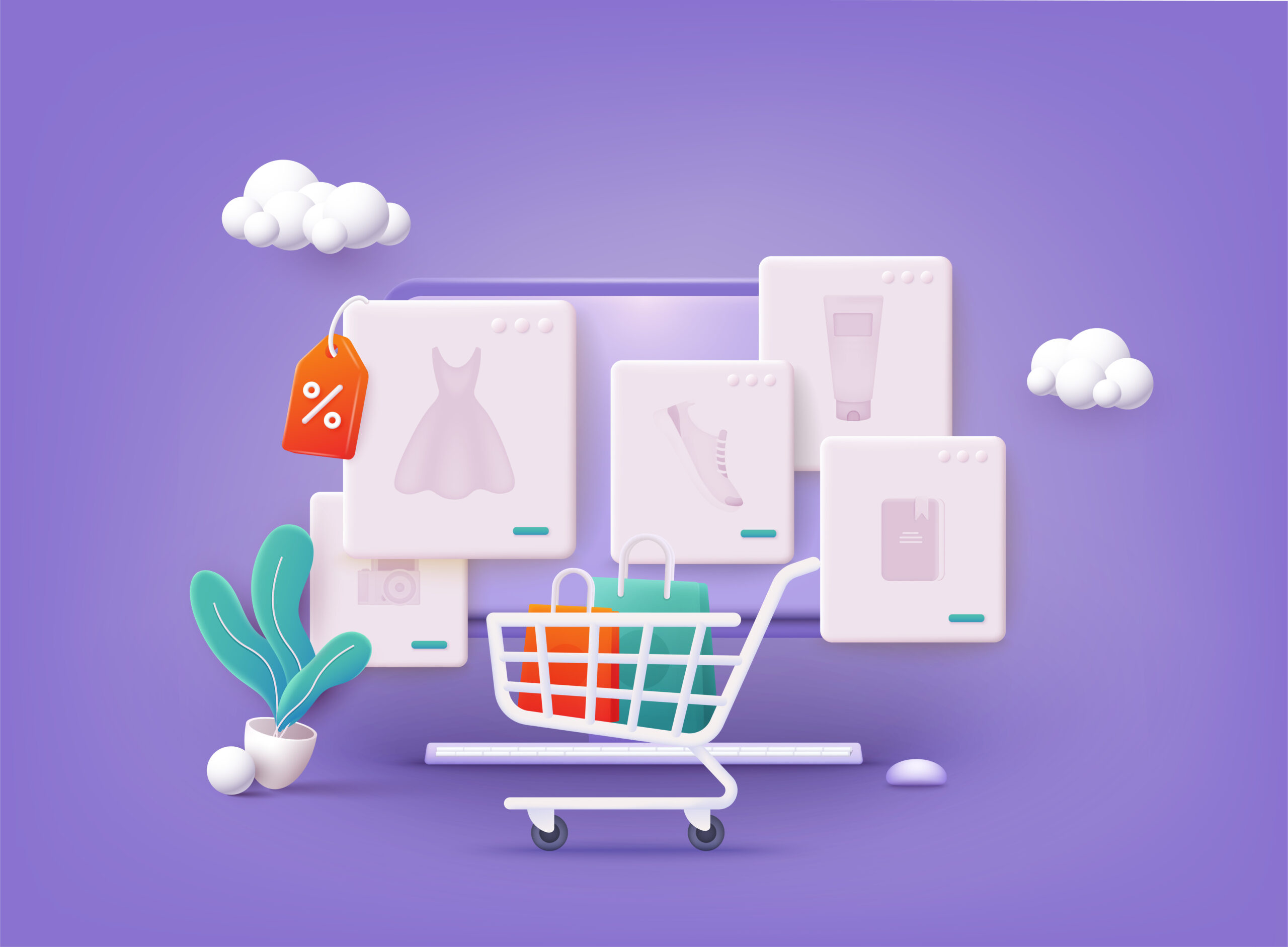Digital Revolving Credit and the Mid-Market Sweet Spot

By Tim Harris, CEO, FuturePay Holdings Inc.
For several years now, Buy Now Pay Later (BNPL) has held a lot of sway over online shoppers looking for “instant gratification” by receiving items quickly but making payments over time. Multiple payment options are often offered right in the e-commerce shopping cart.
There are many potential purchases that might make a sizable dent in a consumer’s credit card balance, yet are not quite large enough to warrant a bank loan, like a Peleton bike, a new piece of furniture, or a watersports vehicle. There are also less expensive, discretionary purchases that are still big enough to make a shopper consider financing a purchase across multiple payments, even in the $200 to $500 bracket. These might be items like high-end make-up or skincare products, annual back-to-school purchases, wedding gifts, or a splurge on an upscale pair of shoes. Other expenses in this range can include unexpected needs like car repairs, veterinary fees, or home maintenance.
We call this range of transaction a mid-market purchase—not large enough to require a personal loan, and potentially over the threshold of a BNPL short-term installment loan. This is the perfect transactional ‘sweet spot’ for digital revolving credit financing instead of a BNPL ‘pay in 4’ loan.”
Tim Harris, FuturePay CEO
Many of today’s consumers—especially those in the Millennial and GenZ demographic—are no longer as enthusiastic about traditional credit cards. Possession of a physical card seems superfluous to a generation that is used to one-click service, and they associate credit cards with their parents’ payment preferences. On the BNPL side, short-term loans usually involve a rigid, pre-set schedule of four or five installments, which the consumer doesn’t have the ability to alter. BNPL shoppers are finding that overuse of this method has other pitfalls, since multiple installment loans (one for each purchase) become difficult to track, and borrowers are faced with notable late fees if they miss a payment. In contrast, digital revolving credit allows consumers to consolidate the financing of their purchases in one account and to have flexible payment terms
Digital Revolving Credit combines some of the better attributes of credit cards while avoiding BNPL’s rigidity, and are especially well-suited to mid-market purchases. A revolving digital account is established for the customer’s first transaction and stays open indefinitely. That means that a digital revolving credit line can accommodate repeat purchases of merchandise on an ongoing basis, as in subscription-based purchases, recurring purchases for a skincare regimen, or ongoing pet care purchases.
Digital revolving credit accounts also offer more consumer protections than BNPL payment plans. Digital revolving credit is typically subject to the same regulations as the credit card industry, which helps keep unqualified buyers from overextending themselves.
Digital revolving credit gives consumers more purchasing power similar to credit cards, while maintaining the immediacy of BNPL and store cards. It also makes “sweet spot” mid-market purchases easier to manage by consumers, and gives e-commerce merchants a flexible, secure, and market-appropriate financing option to keep customers coming back.